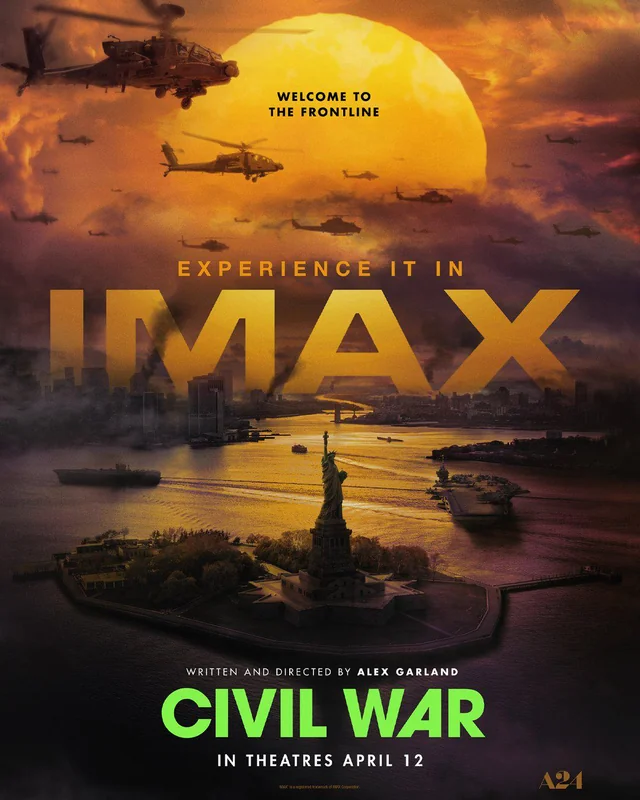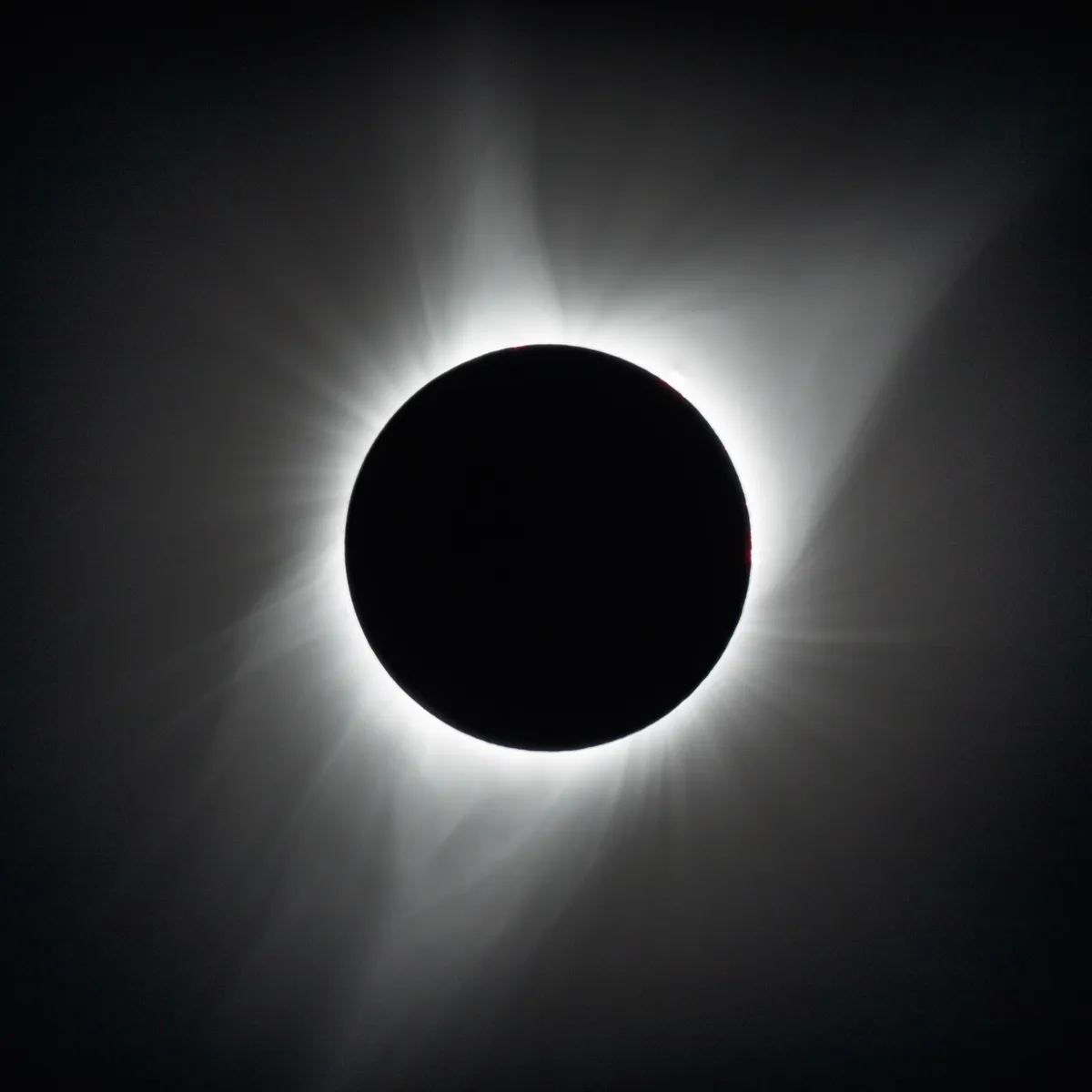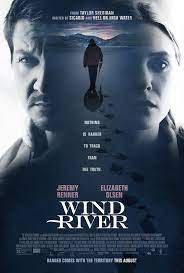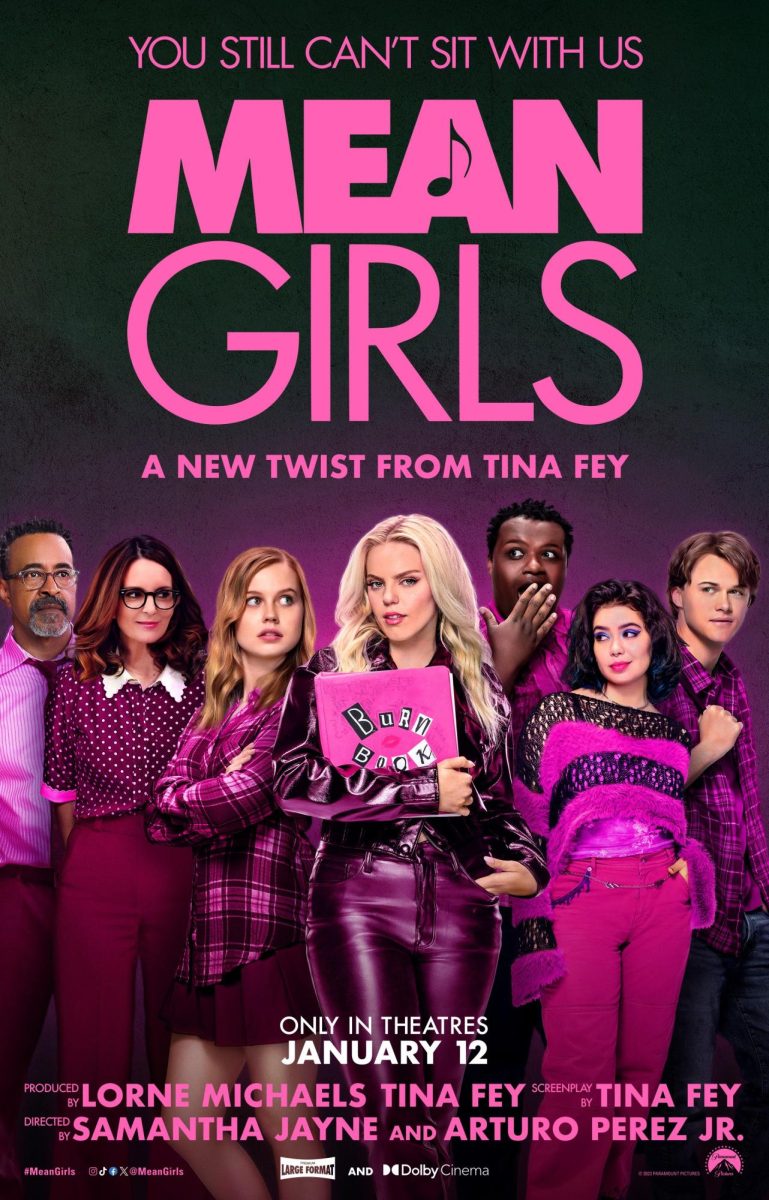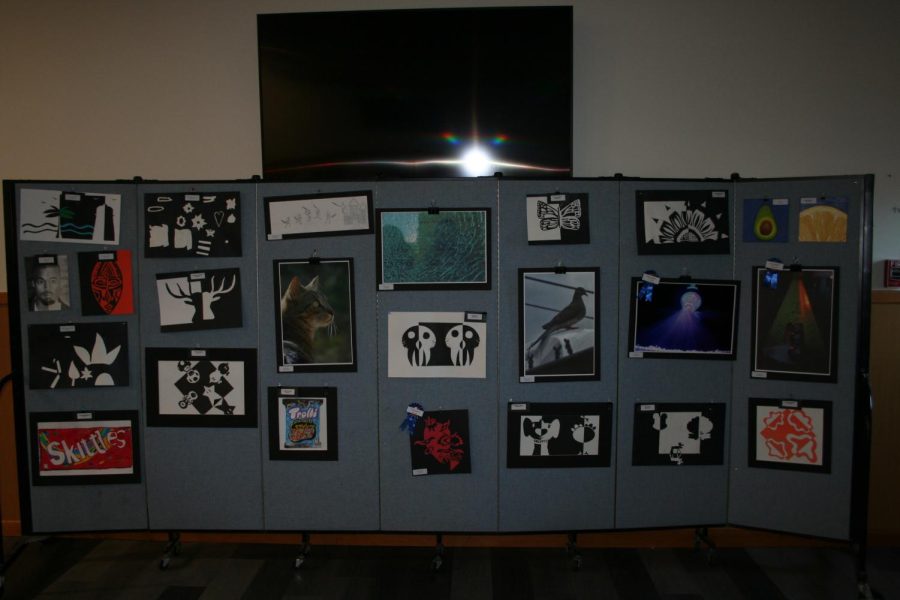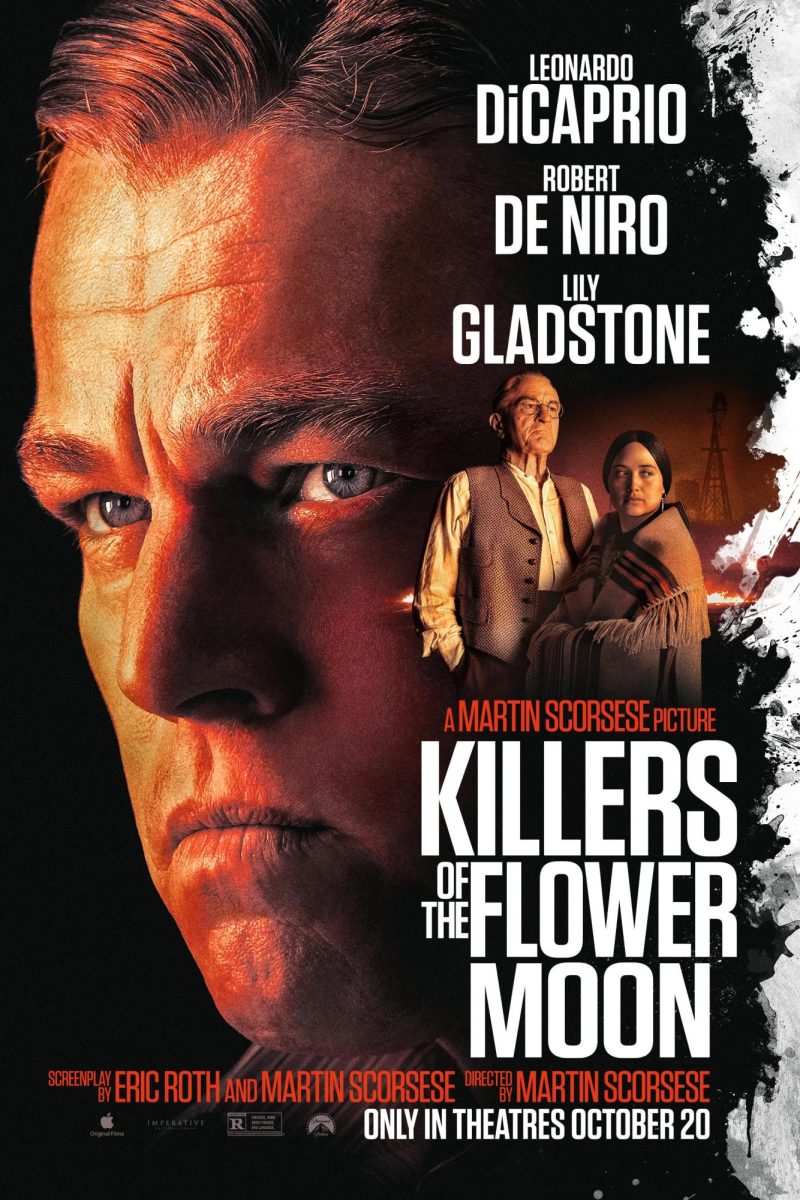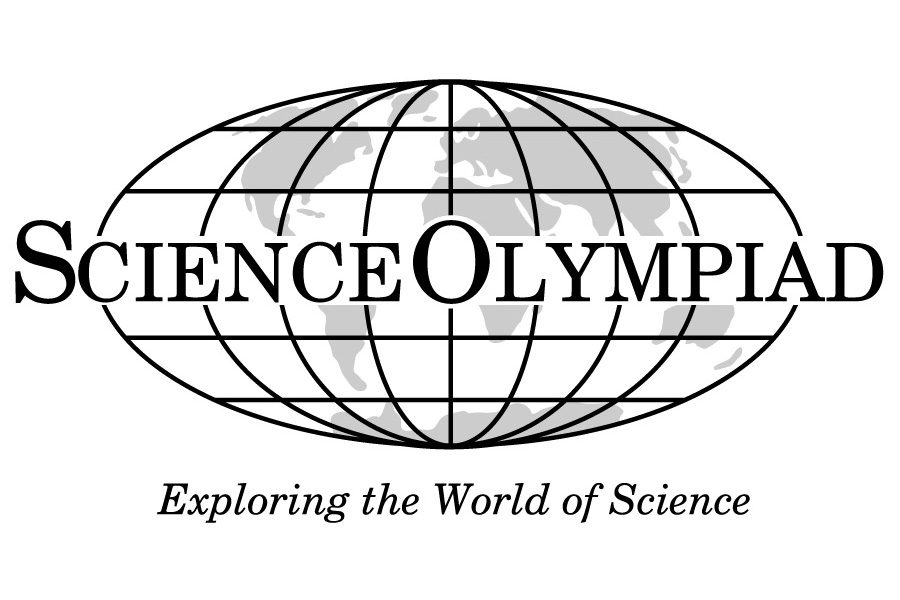Carle Place science research student Jonathan Zhu made it to the second round in the annual Long Island Science and Engineering fair (LISEF). LISEF is the qualifying competition for the International Science and Engineering fair which is sponsored by the pharmaceutical company, Regeneron. ISEF is widely considered to be the most prestigious science fair in the world next to the Science Talent Search, another competition also sponsored by Regeneron. In LISEF student from all over Long Island compete each year across a wide variety of science topics such as biotechnology, behavioral sciences, animal sciences, microbiology, etc.
Jonathan competed in the category of transitional medicine. This category is made up of projects that deal with all possible medical research that has the potential to be brought into preclinical trials to improve human health.
Upon entering the LISEF competition venue, which hosted in a country club this year, Jonathan shares that he was nervous when he first saw how many competitors there were, “I was intimidated by the amount of schools that were there and the number of students from each school that participated. The first school I saw there had 20 students in the competition, meanwhile I was the only one from Carle Place.” After setting up his project, Jonathan could now properly see his competition. He was impressed by the other projects, “When we were in the preparation stage I was more intimidated by the board they had. I could see the piles of information they have collected, it was very wordy, and showed their intellect. Meanwhile my board was as concise as possible, as I didn’t want to make it too complicated to understand.” Following this initial nervousness, Jonathan was able to settle in once judging began, “While after starting the judgments I became more fluent and more adaptive to the conditions I was in. I start to speak very fluently and engage with the judge. I believe it’s the level of confidence you have and the level of fluency you have with your project.”
Jonathan then explained the rigor in creating a science project that is eligible to compete in LISEF, “First you have to conduct your own research either in a lab or in a science research class. You have to get familiar with the labratory procedure in order to conduct your own research, then it’s totally up to you both as a student and scientist to come up with a project idea.” Showing the level of commitment and dedication that students have to put to just compete in LISEF. Jonathan then goes on to explain his research project, “My project is exploring the synergistic effect of two chemicals found in broccoli and a type of medical mushroom on cancer cell lines. (Definitely not a hallucinate) The synergistic effect in simple terms is just the effect of two drugs or chemicals working together producing the effect that is 1+1 greater than two. We are examining the cell viability of administering two chemicals individually and in combination. I tested four different cancer cell lines: prostate cancer, lung cancer, colon cancer, and breast cancer. The result shows a positive effect on prostate and lung cancer.”
Jonathan also explains the real world application of his research, “This could be used in a medical setting. Think of all the methodology that we treat cancer now with, for example immunotherapy is a popular topic that a lot of scientists are focusing on but the time it takes and the cost it takes for a patient to undergo immunotherapy is too great.” This desire to search for an alternative form of cancer treatment pushed Jonathan to investigate further through his research. “So what are some other alternative treatment scientists can investigate? As a kid growing up in a traditional Chinese family I was exposed to herbal medicine, a therapy that has lasted through human history. Can we investigate the effect of herbal medicine on cancer? This is how I came to design my project.”
Before Jonathan could begin the project he had to find a professor willing to take him on and provide the resources needed to conduct his research. After looking for a while, Jonathan was able to find a professor willing to help him with his research. He was given the green light by Dr. Cheng, the professor of pharmacology at St John’s University, to start his research in the summer of 2023. That summer, Jonathan worked on his cancer research at St. John’s laboratory with Dr. Cheng and his PHD student Letao Bao. Jonathan reveals how greuling conducting research at a collegiate level is. It was exciting but dull at first because of the amount of time I had to spend on my research and the days I needed to wake up early in order for my mom to drive me to the college. Because I’m only a high school student I was not familiar with the procedure, I had to fail a lot in order to succeed. I tried over and over again. Once you see the results it’s fascinating, but you have to take in consideration the time you spent learning how to do stuff like administering drugs, growing cancer cells, reviewing previous research, analyzing data, and more.” Jonathan would finish his research project after two months working in St. John’s laboratory. Following this research period, Jonathan would dedicate the first semester of Junior year to perfecting his presentation and display.
In the end, the hard work paid off as Jonathan revealed that he moved on to the second round of LISEF, “I was very shocked when I heard I made it to the second round. I was not anticipating a positive result, since it’s my first time since it’s such a big science competition. As you can see from my first impression at the site of the science of the board, the amount of information that my competitors had intimidated me. But I was confident in my presentation because I could see the increasing fluency and adaptability of my presentation. I will have to return on March 5 to compete to move on to ISEF for the international Science and engineering fair.” In order to make it to the second round, Jonathan’s project had to score at least in the top five out of all the projects in the category of transitional medicine. Every project in LISEF is judged by three judges and is scored on a rubric. A project’s overall rating is made up of the composite score of the first and second round of judging. The project with the highest composite score for each category moves on to ISEF. Carle Place wishes Jonathan the best of luck as he returns to compete on March 5.


